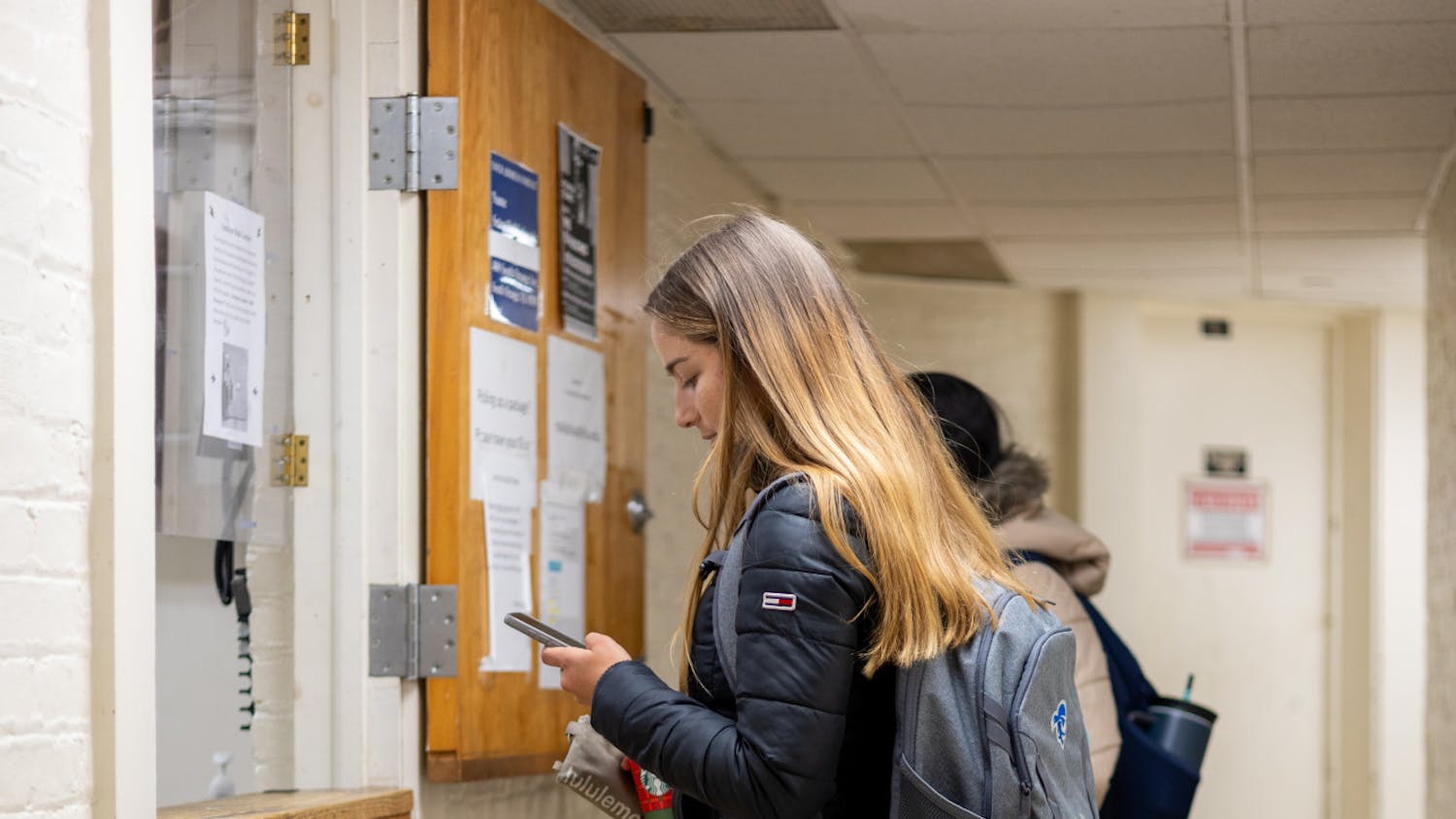While the "public tuition rate" was heavily advertised to in- coming students, only 90 of this year's 1,450 freshmen were admitted through the program, ac- cording to Dr. Alyssa McCloud, vice president of enrollment management.
Along with the PTR, Seton Hall has increased financial aid to students due to the rise in revenue from tuition, according to McCloud and Stephen A. Graham, chief financial officer.
"Financially, we are in very good health," she said. "We did give very generous financial aid packages to all students, not just those particular students who qualified for the PTR, because that's one of our commitments: to give back to students."
McCloud also said that the scholarship budget goes up every year. PTR was introduced in part to tell families what the cost of going to Seton Hall would be "up front," McCloud said. She also said that Seton Hall will be renewing the PTR for the class of 2017.
Since Seton Hall is a nonprofit organization, any extra revenue goes directly back to the school, according to Graham.
"Whatever we make in revenue gets reinvested back into the University for numerous projects, enrichment of student life or academic improvement," he said. "It's a cycle."
Recent renovations include Dunkin' Donuts, air conditioning repairs in the Arts and Sciences building, and other improvements made in Xavier Hall, McCloud said.
To fund these renovations and other projects on campus, the University sets a target enrollment of students each year. University officials looked to enroll a larger number of students for the 2012-2013 school year due to smaller than average size of the class of 2015. According to McCloud, one of the purposes of having a larger freshman class was to offer some balance to the school.
Another factor that influences target enrollment numbers is applicant demand, Graham said. McCloud added that retention, meaning students who come back to Seton Hall to continue their education, also effects enrollment.
With a larger class "naturally" comes increased revenue, according to Graham. He also said that the University's tuition net revenue has been stable in the recent years, but is expected to increase this academic year.
According to McCloud, 97 percent of Seton Hall students receive some sort of financial aid from the University or the state. Ninety-three percent of students receive aid in the form of scholarships and need-based grants directly from the school.
In an email regarding the academic budget, Director of Media Relations Laurie A. Pine said: "At this time (the University is) still collecting the data and (does) not have the figures ready to present. In fact, it may be several months until the figures are ready to share."
Tiffany Do can be reached at tiffany.do@student.shu.edu.





